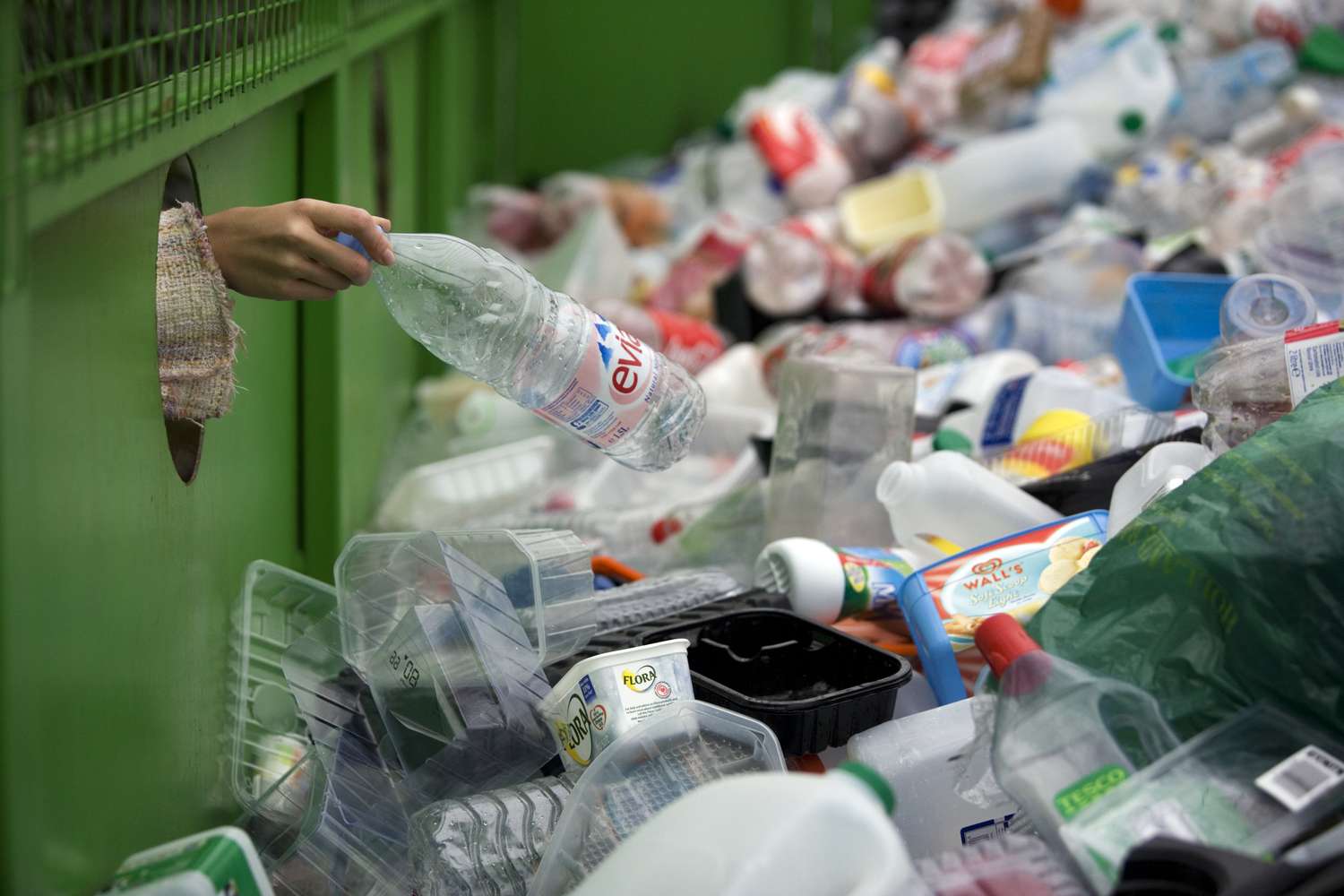Low-Density Polyethylene (LDPE) is a versatile plastic commonly used in packaging materials such as plastic bags, shrink wraps, and flexible containers. Its lightweight and durable properties make it popular in households and industries alike. However, recycle LDPE waste presents significant environmental challenges because it is not biodegradable and can accumulate in landfills and natural ecosystems. Implementing practical recycling steps is essential to reduce environmental impact and promote sustainability.
Understanding LDPE and Its Recyclability
Before engaging in recycling, it is crucial to understand the characteristics of LDPE. This type of plastic is flexible, resistant to moisture, and relatively easy to process for recycling. Unlike some plastics that require chemical breakdown, LDPE can often be mechanically recycled into pellets used for manufacturing new products such as trash can liners, piping, and agricultural films. Recognizing the types of LDPE products in circulation allows communities and industries to collect and sort materials efficiently.
Segregation and Collection of LDPE Waste
A critical first step in recycling LDPE is proper segregation. Households and industries should separate LDPE items from other types of plastics, as contamination can hinder the recycling process. Communities can establish dedicated collection points for LDPE, including recycling bins at local centers, retail locations, and curbside programs. Industrial facilities can implement in-house collection systems where scrap LDPE packaging and offcuts are stored separately for processing.
Regular collection schedules and awareness campaigns help ensure that LDPE waste is not discarded improperly. Public education initiatives, including workshops and informational materials, encourage individuals and businesses to take responsibility for their plastic waste. Simple practices such as rinsing plastic bags and removing labels can improve the quality of LDPE collected for recycling.
Processing LDPE for Reuse
Once collected, LDPE waste undergoes processing to convert it into usable raw material. Mechanical recycling is the most common approach, involving cleaning, shredding, and melting the plastic into pellets. These pellets can then be used to manufacture new products, reducing the demand for virgin plastic and conserving natural resources.
Some advanced facilities also explore chemical recycling methods for LDPE. This process breaks down the plastic into its original monomers, which can then be repurposed to create high-quality products. While chemical recycling is still emerging on a large scale, it presents opportunities to recycle LDPE that is contaminated or mixed with other plastics, further reducing environmental impact.
Community and Industrial Participation
Recycling LDPE successfully requires collaboration between communities and industries. Municipal recycling programs can partner with manufacturers and retailers to ensure that collected LDPE reaches processing facilities. Businesses can redesign packaging to be more easily recyclable and encourage customers to return used products. Community engagement, including volunteer drives and educational campaigns, enhances participation and fosters a culture of sustainability.
Environmental and Economic Benefits
Recycling LDPE contributes significantly to environmental protection. By diverting plastic from landfills and reducing the need for new plastic production, recycling lowers greenhouse gas emissions and conserves fossil fuels. It also minimizes pollution in rivers, oceans, and urban areas, protecting wildlife and ecosystems from the harmful effects of plastic debris.
Economically, LDPE recycling creates job opportunities in collection, transportation, and processing sectors. The recycled material serves as a cost-effective resource for manufacturers, promoting a circular economy where materials are reused instead of discarded. Communities benefit from lower waste management costs and enhanced sustainability initiatives, creating long-term economic and social value.
Future Outlook
The future of LDPE recycling relies on expanding infrastructure, improving collection systems, and promoting public awareness. Technological innovations, such as automated sorting systems and advanced recycling methods, will increase efficiency and reduce contamination. By integrating community participation with industrial responsibility, LDPE recycling programs can effectively minimize plastic waste and contribute to global sustainability goals.
Adopting these practical steps ensures that LDPE waste is managed responsibly, turning a challenging environmental issue into an opportunity to protect natural resources and foster a sustainable future for both communities and industries.




